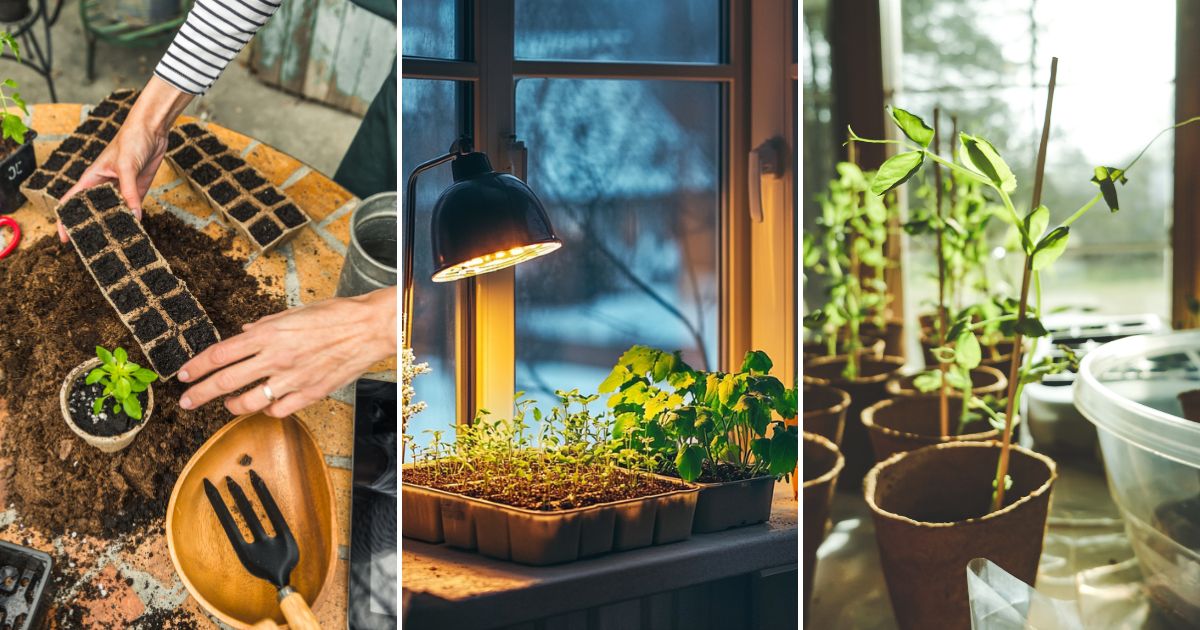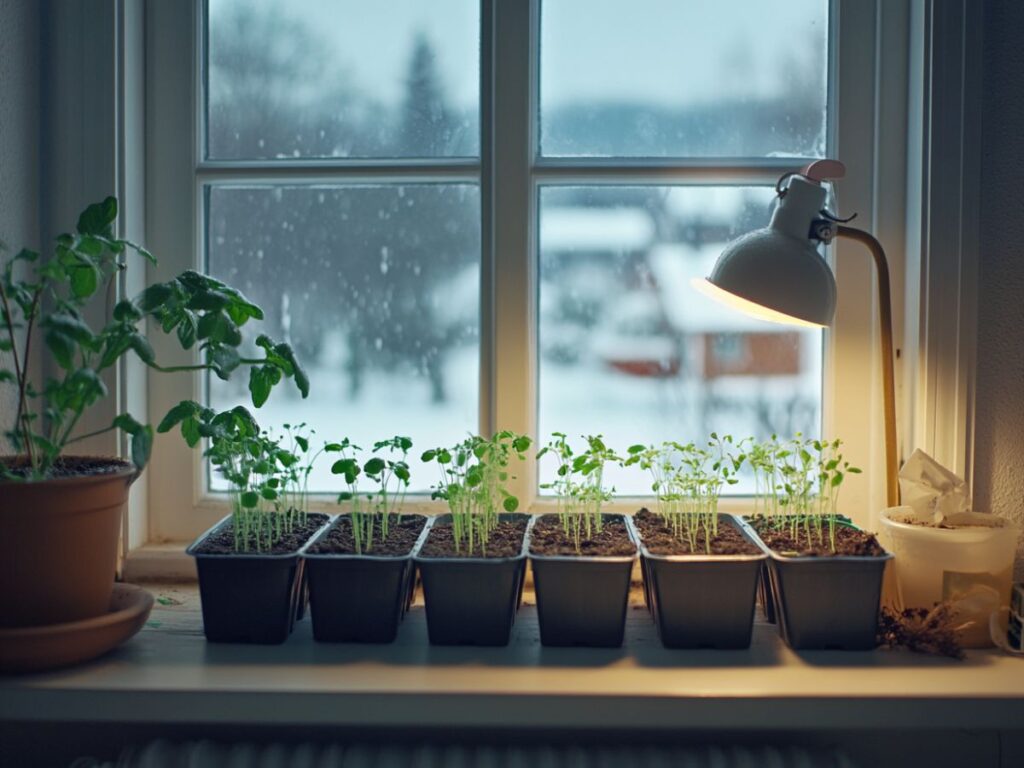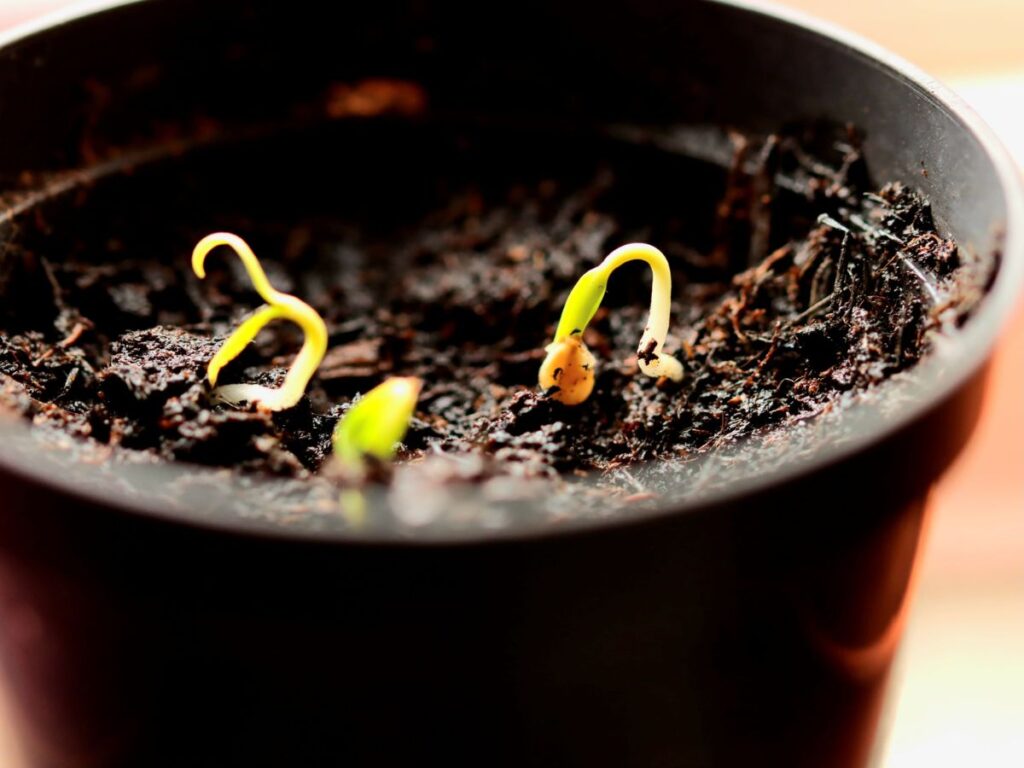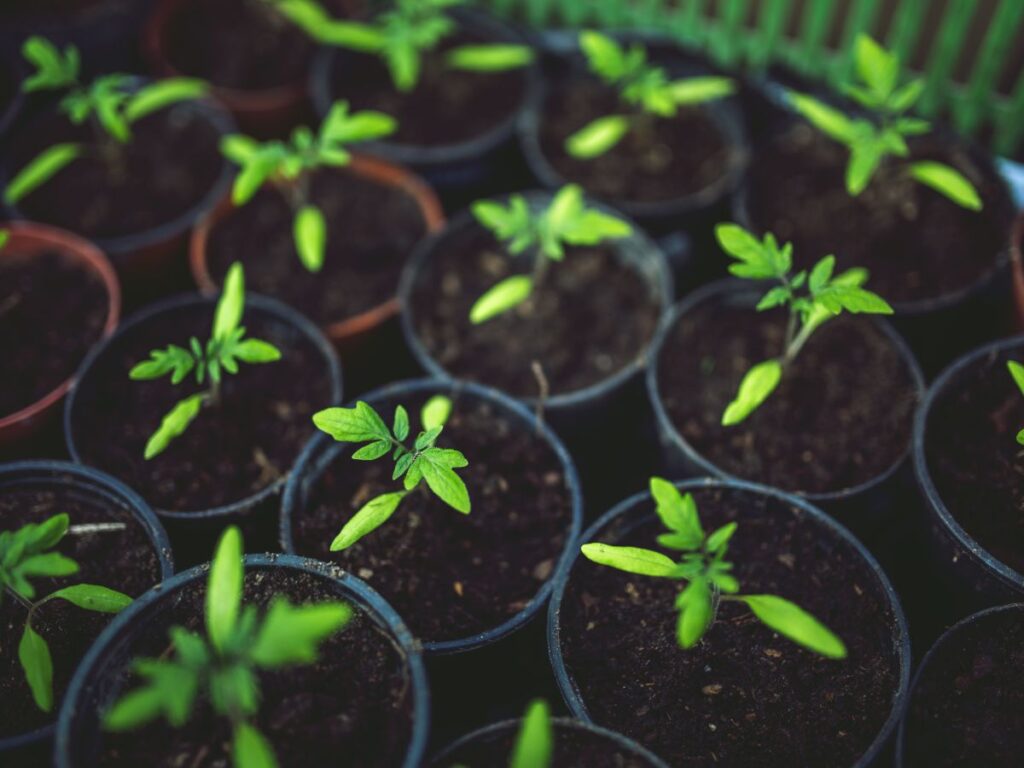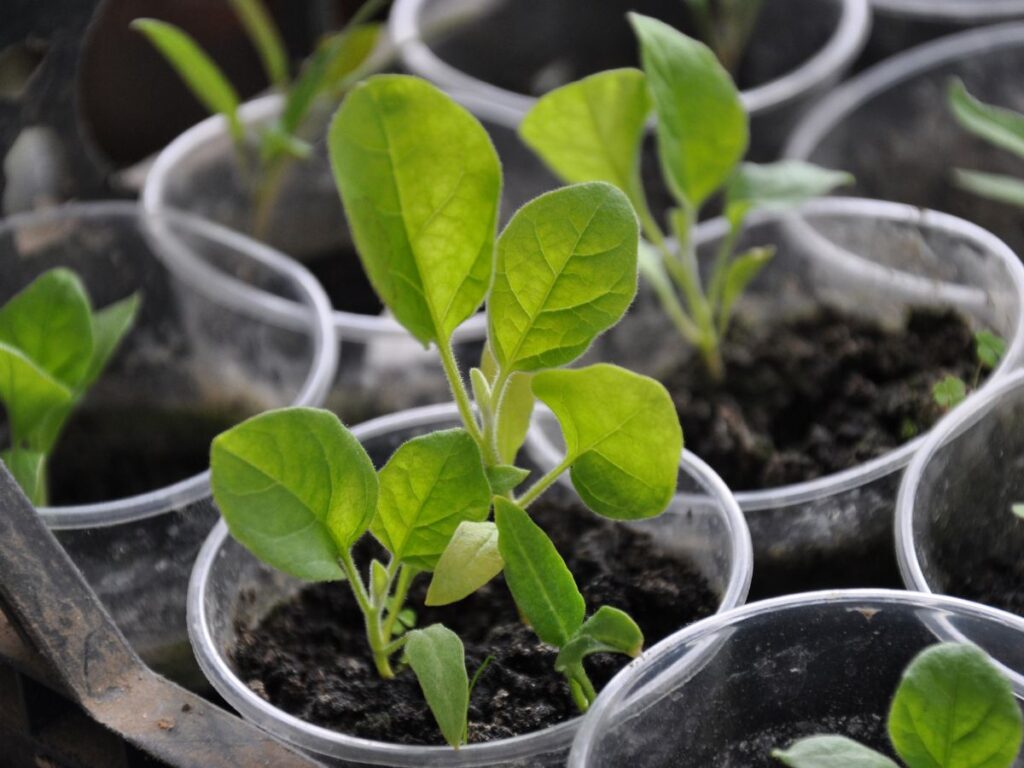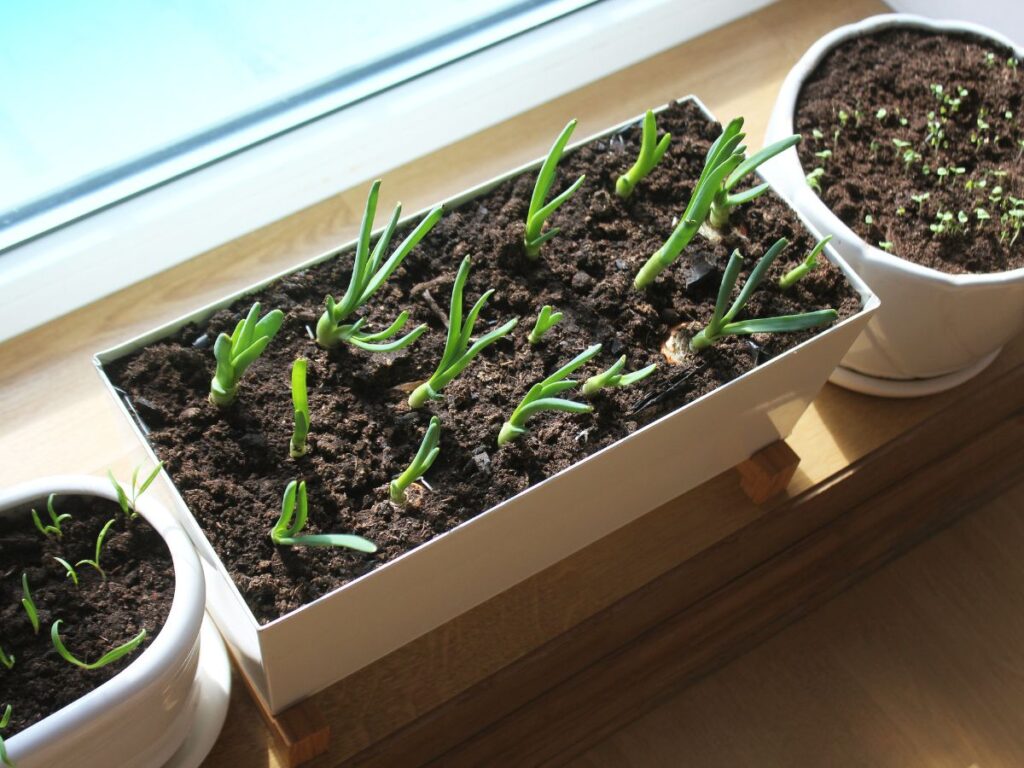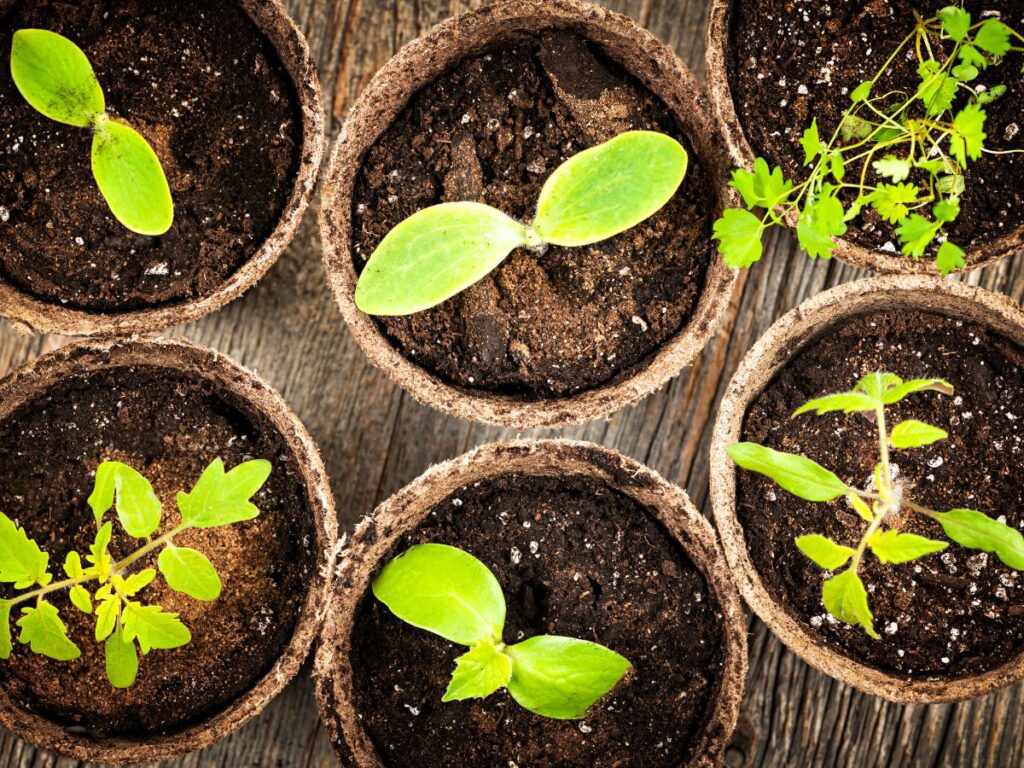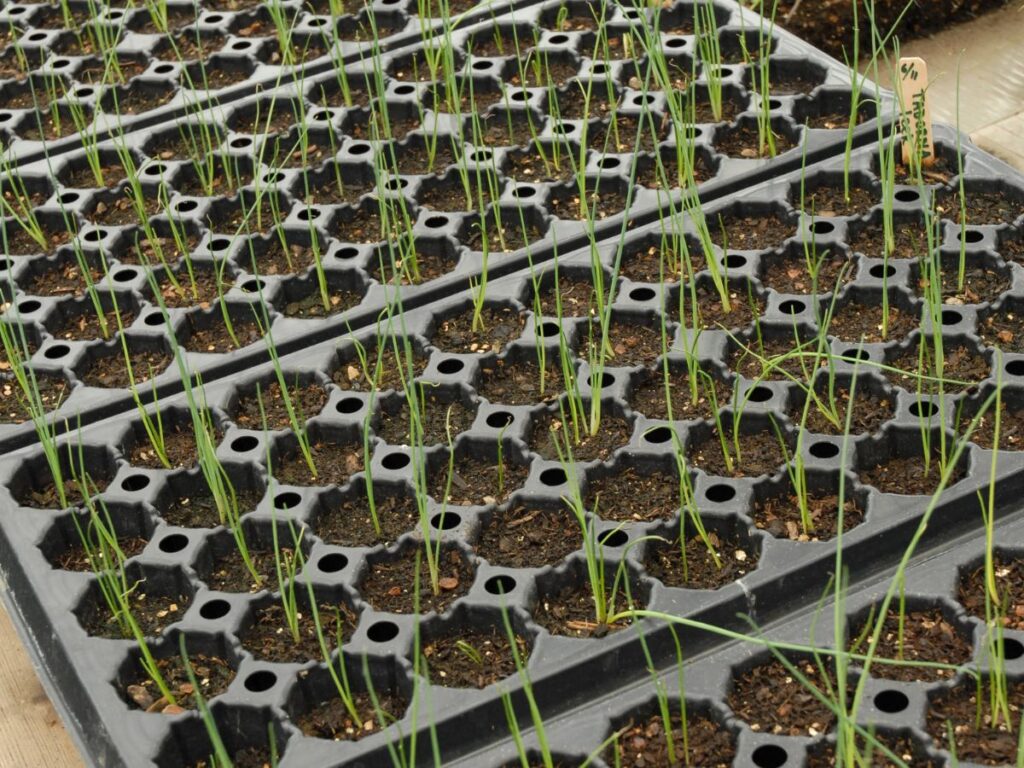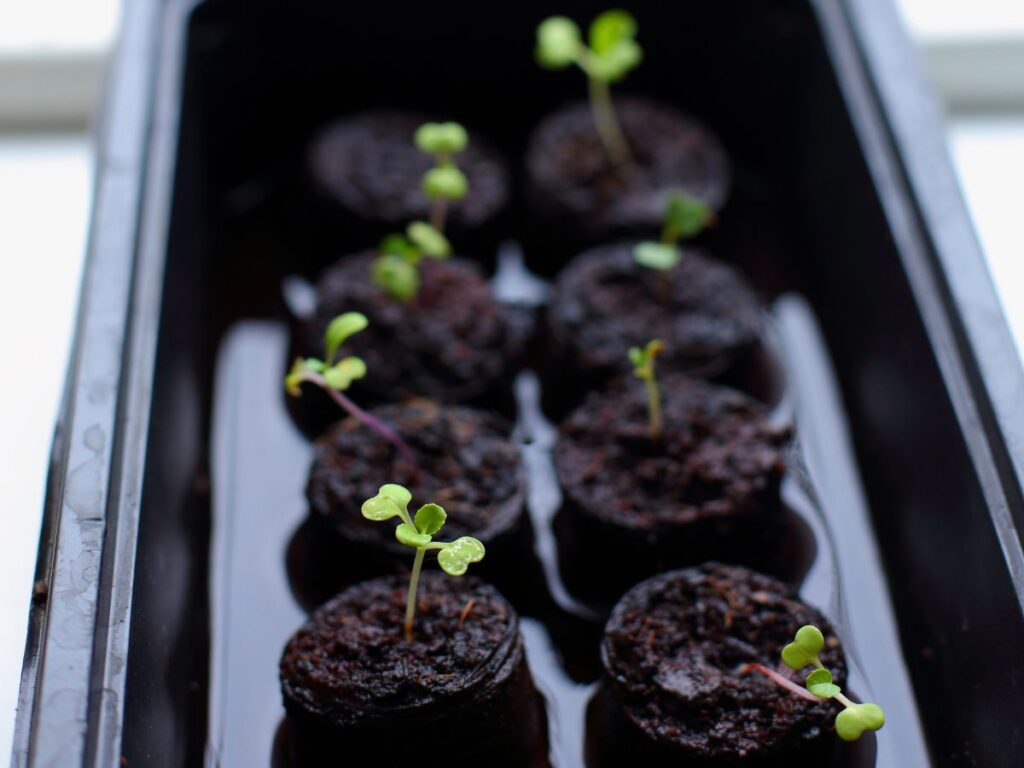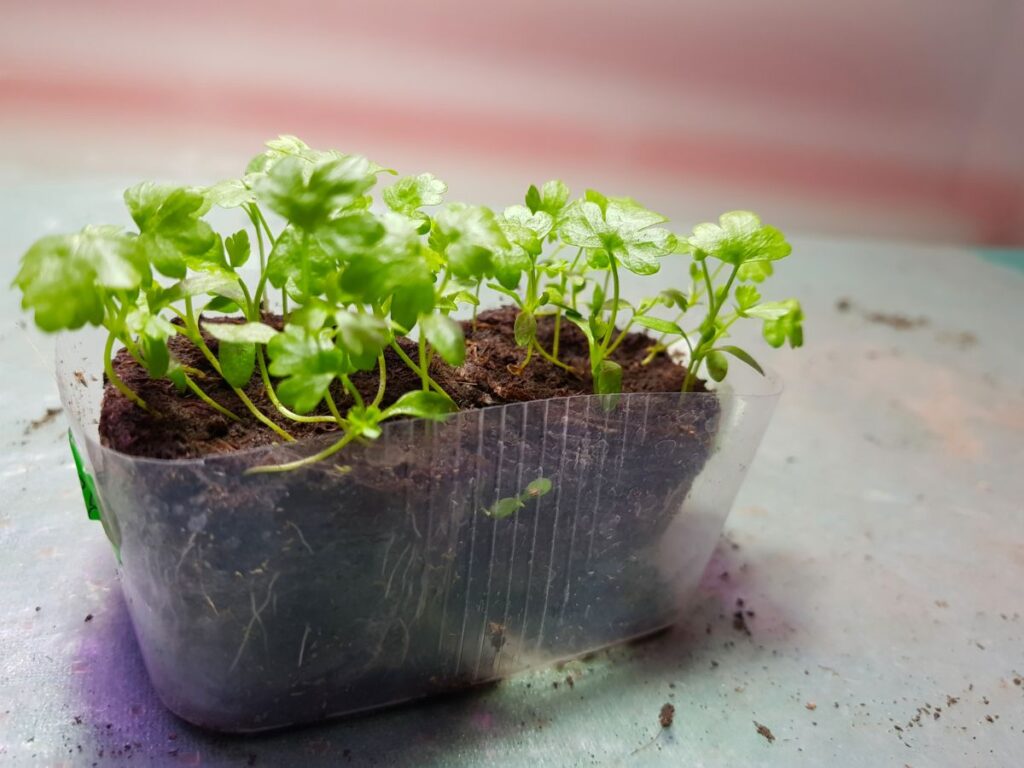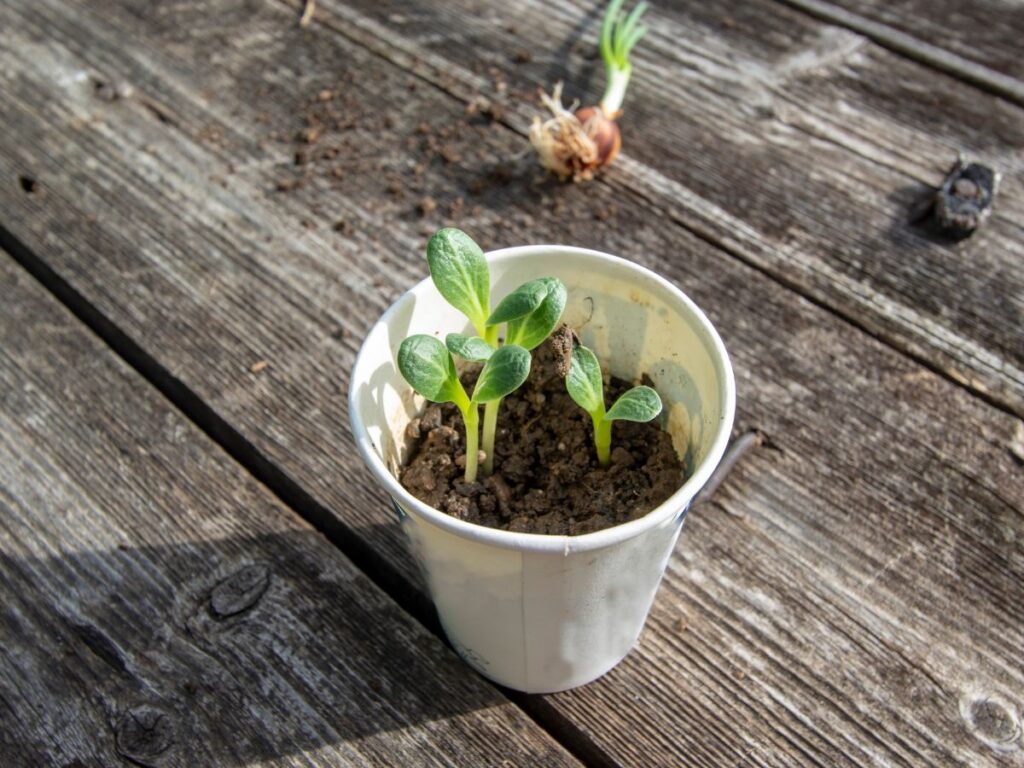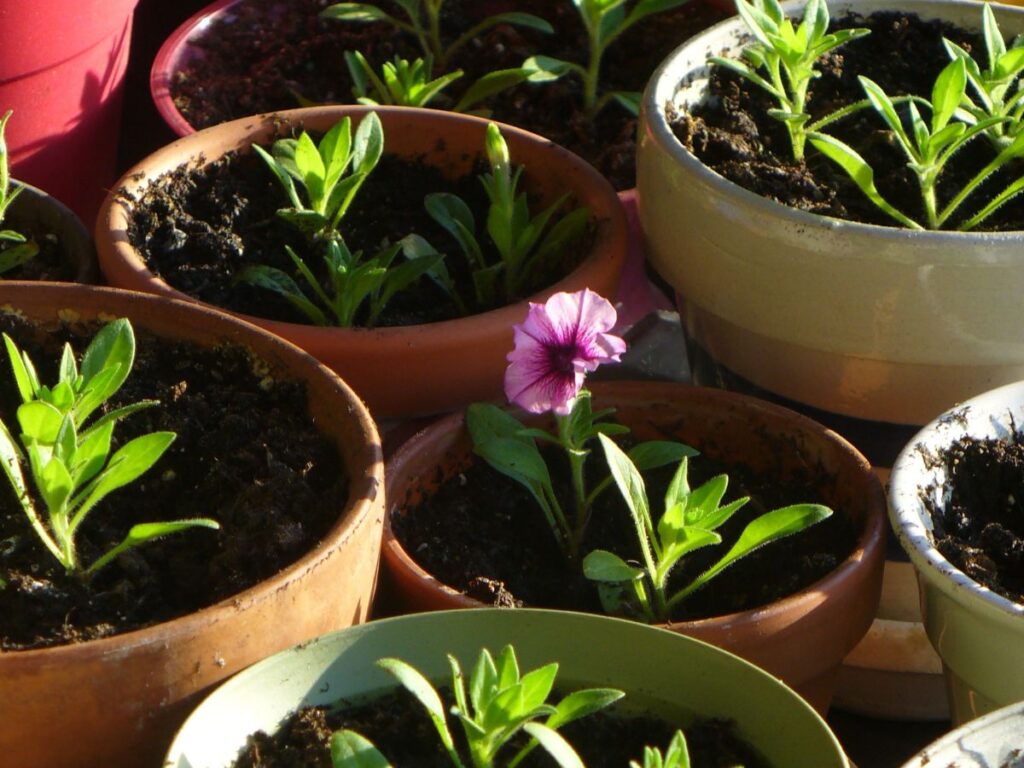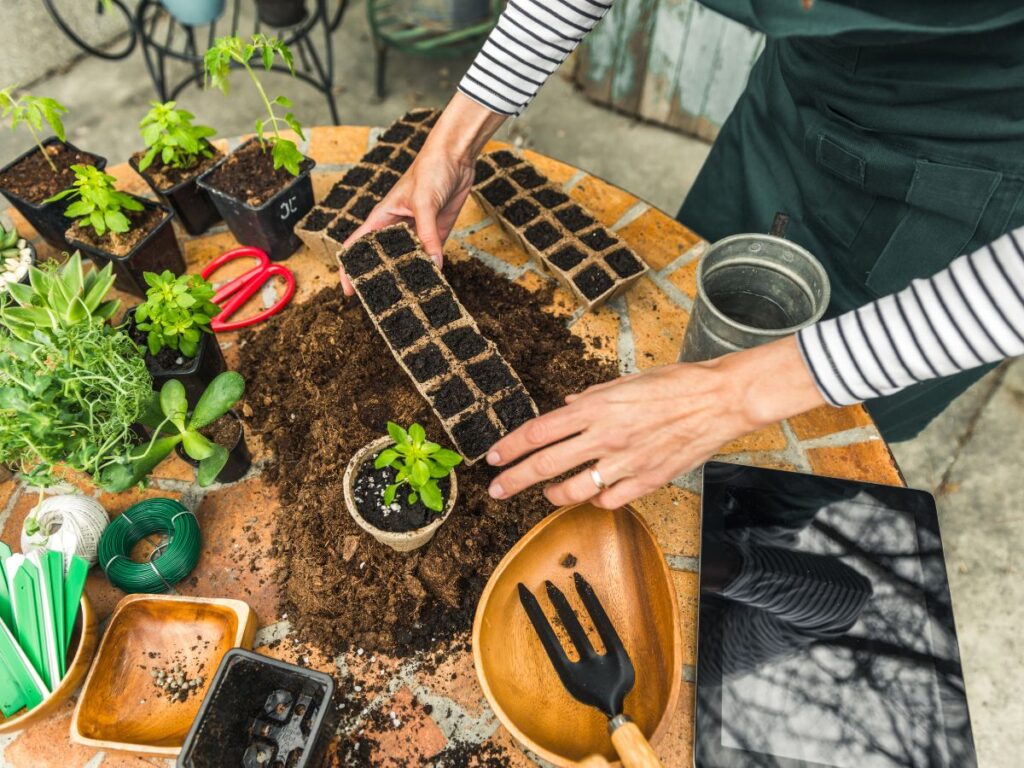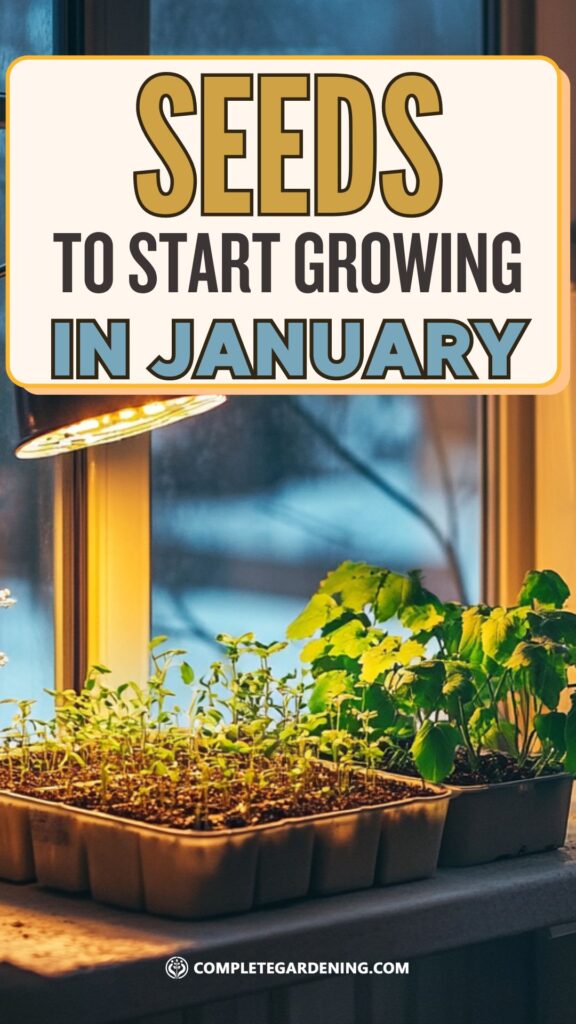January is often seen as a time of new beginnings, a fresh start after the holiday season’s whirlwind.
But in the world of gardening, it’s also a critical month to think ahead, planning for the months to come.
If you’re looking to get a jump start on your garden this year, starting seeds in January can set you up for a more successful and bountiful growing season.
While it might seem early, this is the perfect time to prepare for spring—especially for crops that require longer growing seasons or need a bit more TLC to thrive.
Here’s a look at what seeds you can start in January and why it’s so beneficial to get a head start.
Why Start Seeds in January?
It may seem counterintuitive to think about gardening when there’s frost on the ground and the days are still short. However, many plants benefit from an early start indoors, where you can control their environment and give them a head start on growth.
By starting seeds in January, you allow plants that need a longer growing season to reach maturity when the weather outside is ideal.
Some plants need a few months of growing indoors before they can be transplanted outside. Starting early gives you more control over the health and vigor of your plants, and it means you can be harvesting them sooner.
Plus, seed-starting indoors can be a way to scratch that gardening itch during the winter months.
There’s something inherently satisfying about nurturing young seedlings when everything outside is still dormant. It’s a reminder that spring will come, and you’ll be ahead of the game.
1. Peppers
Peppers, especially the hot varieties, have a long growing season. This makes them an excellent candidate for January seed-starting. They can take up to two weeks just to germinate, and once they sprout, they grow slowly at first.
By giving them a head start, you can ensure they’ll be large and robust by the time the last frost passes and they’re ready to be transplanted outdoors.
Peppers also love heat, so starting them indoors ensures they get a warm, controlled environment for optimal growth.
Whether you’re growing sweet bell peppers, spicy jalapeños, or fiery habaneros, starting them in January gives you a head start on enjoying fresh, homegrown peppers throughout the summer.
2. Tomatoes
Tomatoes are another crop that benefits from an early start. Like peppers, they need a long growing season, and starting them in January allows them to establish strong root systems before transplanting outside in late spring.
Tomatoes are sensitive to cold, so starting them indoors in a warm, sunny spot is crucial.
There’s an endless variety of tomatoes you can grow from seed—everything from the small, sweet cherry varieties to large, juicy heirlooms.
Starting them in January gives you the flexibility to grow your favorite types, knowing that they’ll have plenty of time to mature and produce a bountiful harvest.
3. Eggplant
If you’re a fan of eggplant, January is the perfect time to start these seeds as well. Like tomatoes and peppers, eggplants thrive in warm weather and need a long growing season to produce fruit.
Starting them indoors early ensures they’ll be well-established by the time it’s warm enough to plant them outside.
Eggplants are known for being finicky in colder weather, so the earlier you can get them growing in a controlled environment, the better.
By the time late spring rolls around, you’ll have strong, healthy plants ready to produce delicious eggplants all summer long.
4. Onions
Onions are a cool-weather crop, but they require a long growing season to reach full maturity.
Starting onions from seed in January gives them plenty of time to grow into large, flavorful bulbs. Unlike peppers and tomatoes, onions don’t mind cooler temperatures, so they can be transplanted outside earlier in the season.
There are two main types of onions: long-day and short-day. The variety you choose will depend on where you live.
Long-day onions are best suited for northern climates, while short-day onions thrive in southern regions. Either way, starting them in January gives you a jump on the growing season and ensures a bountiful harvest.
5. Herbs
Herbs are perfect for starting in January because many of them are slow growers that take time to reach maturity.
Some of the best herbs to start indoors this month include basil, parsley, oregano, and thyme.
Starting these herbs from seed indoors gives them time to establish themselves before they can be transplanted to your garden or moved to outdoor containers.
Plus, there’s the added bonus of being able to enjoy fresh herbs indoors while you wait for spring.
Having a small herb garden inside can brighten up your home and your cooking, even during the cold winter months.
6. Leeks
Leeks are another crop that benefits from being started early. They need a long growing season to develop the thick, white stems that are prized in soups, stews, and other dishes.
Leeks are similar to onions in that they’re tolerant of cooler weather, so they can be transplanted outdoors earlier in the season.
Starting leeks from seed in January gives them plenty of time to grow strong before transplanting.
And by starting them indoors, you can ensure that they’ll be ready for an early spring planting, setting you up for a successful harvest later in the year.
7. Cauliflower and Broccoli
Cauliflower and broccoli are cool-weather crops, but they still benefit from being started indoors in January. Both plants are part of the brassica family, and they can be somewhat slow to establish.
By starting them indoors early, you give them time to grow strong before planting them outside in the spring.
These crops do best when transplanted into the garden while the weather is still cool, so getting them started in January ensures they’ll be ready for early spring planting.
With a little planning, you’ll be able to enjoy fresh broccoli and cauliflower well before summer arrives.
8. Celery
Celery is notoriously slow-growing and can take up to 16 weeks to reach maturity. This makes it a perfect candidate for starting indoors in January.
Celery seeds are tiny, and the plants themselves are delicate in their early stages, so starting them indoors allows you to carefully nurture them until they’re strong enough to be transplanted.
By giving celery an early start, you’ll increase your chances of success with this tricky crop. And when it comes time to harvest, you’ll be rewarded with crisp, flavorful celery that’s far superior to anything you can buy at the store.
9. Artichokes
If you’ve never grown artichokes before, starting them in January might seem like a bold choice. But artichokes are actually a perennial plant in many climates, and they benefit from an early start indoors.
Artichokes take time to establish, and by starting them early, you give them the chance to grow strong before they’re transplanted outside.
While artichokes are often grown as perennials in warmer climates, they can also be grown as annuals in cooler regions.
Starting them indoors in January ensures they’ll have enough time to produce delicious, tender buds during the summer months.
10. Flowers
It’s not just vegetables that can benefit from a January start—certain flowers do as well. If you’re looking to add some color to your garden, consider starting flowers like snapdragons, petunias, or geraniums from seed this month.
These flowers take time to grow and establish, so giving them a head start indoors will ensure they’re ready to bloom when the weather warms up.
Flowers not only add beauty to your garden but also attract beneficial pollinators like bees and butterflies. Starting them in January gives you a leg up on creating a vibrant, colorful garden come spring.
Tips for Starting Seeds Indoors
Starting seeds indoors in January requires a bit of preparation, but it’s a rewarding process. Here are a few tips to ensure success:
Choose the right containers: Use seed trays or small pots with drainage holes to give your seeds a good start. You’ll want to use fresh, sterile soil to avoid any potential diseases.
Provide plenty of light: Seedlings need a lot of light to grow strong. A sunny windowsill may not provide enough light during the winter months, so consider using grow lights to supplement natural light.
Maintain the right temperature: Many seeds require warm temperatures to germinate. A heat mat can help provide the consistent warmth that seeds like peppers and tomatoes need to sprout.
Water carefully: Keep the soil consistently moist, but not waterlogged. Seedlings are delicate, and overwatering can lead to issues like damping-off disease.
Be patient: Some seeds take longer to germinate than others, so don’t get discouraged if you don’t see sprouts right away. Keep caring for them, and they’ll eventually pop through the soil.
Starting seeds in January may seem like an ambitious project, but it’s a great way to get a jump on the growing season. By choosing the right seeds and providing the ideal conditions, you can ensure that your garden is off to a strong start come spring.
Whether you’re growing vegetables, herbs, or flowers, starting them indoors early will pay off with healthier plants and an earlier harvest.
And, let’s face it—there’s nothing quite like the satisfaction of watching those tiny seeds grow into thriving plants that will provide beauty and nourishment in the months ahead.
So grab your seed packets, set up your grow lights, and get ready to nurture your future garden, even while the world outside is still covered in frost.
